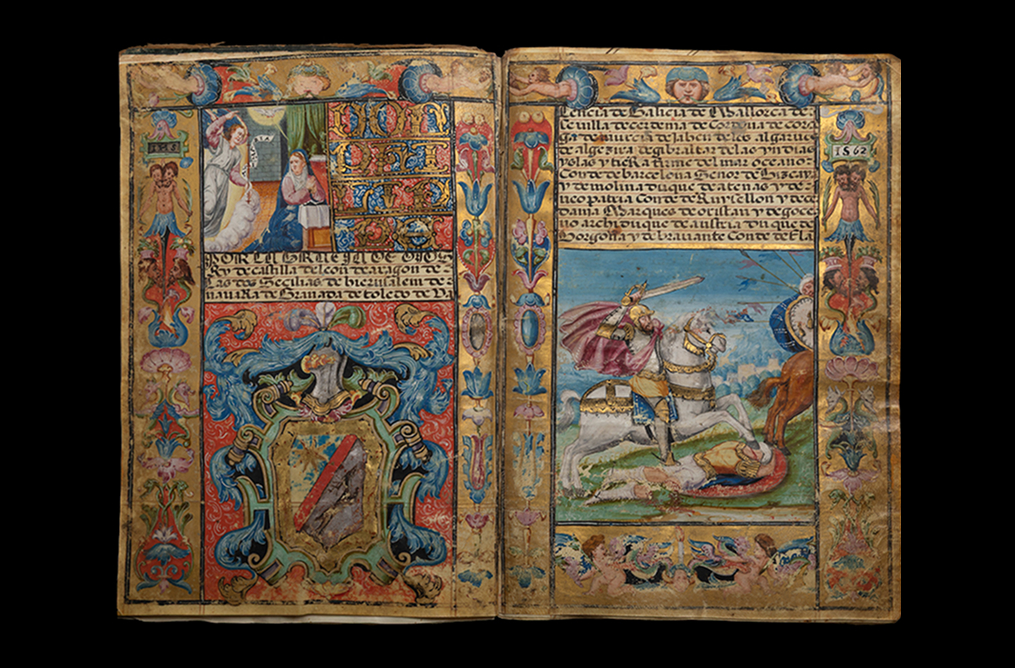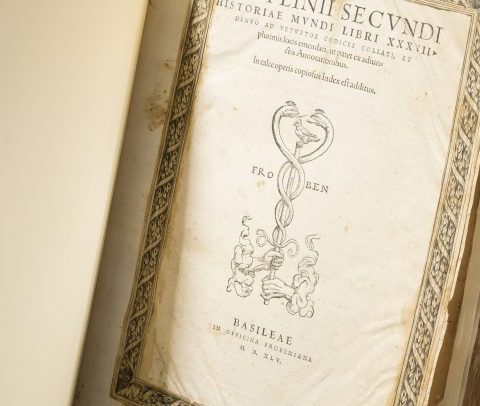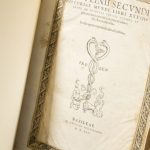The history of the Iberian Peninsula brings together a large number of peoples, creeds and origins. It is difficult to state with certainty the origin of a person and his family, since it usually responds to centuries of mixture of Iberians, Tartessians, Greeks, Phoenicians, Romans, Celts, Visigoths, Jews, Arabs and even Americans. This cultural diversity is one of the greatest sources of prestige, since the Spanish spirit embraces with its own identity an endless number of other peoples under the same blood and soil.
However, this prestige was not automatic during the Modern Age. Blood purity served to evidence loyalty to the ruler, to mark privileges and duties to descendants and to ensure social and legal advantages. Loyalty to the crown implied military and personal obligations, but in exchange it granted benefits such as tax exemption, preponderance in trials or the concession of lands and noble titles. This context leads us to explain the origin of the “ejecutorias de hidalguía”, historical documents that accredited the nobility of a family.
What are the Decrees of “Hidalguía”?
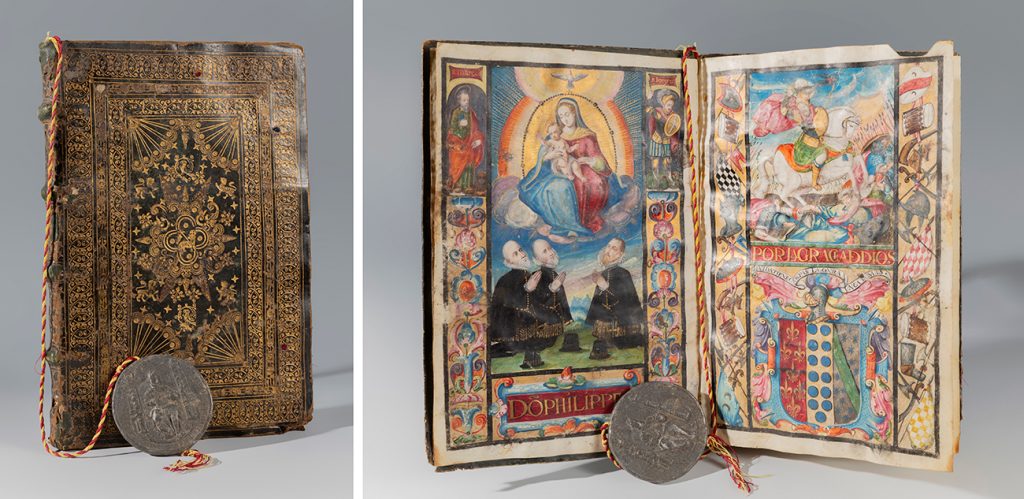
The Decree’s of “Hidalguía” were legal documents certifying a person’s “hidalgo” status (the lowest rank in Spanish nobility). This recognition made it possible to occupy positions in the public administration, to make the applicants’ testimonies more valid in trials and to exonerate the payment of taxes to the royal treasury. Titles such as “don” were exclusive to those who could prove their noble lineage.
The process of obtaining a degree included interrogations, witnesses and an investigation to prove the absence of converts or heretics and to confirm nobility. The chanceries of Valladolid or Granada were in charge of issuing these documents. Once granted, the applicant could use his coat of arms, his title and enjoy the associated privileges.
The artistic value of Spanish manuscripts
The documents produced by the chanceries were much more than simple legal texts: they were manuscripts and antique books of great artistic value. They were adorned by illustrators and painters who dignified the contents, including portraits of the petitioners and their families, images of the reigning monarch, saints and the Virgin. The covers were decorated with gold, cordovan reliefs and lead seals with braids of threads showing the weight of power and law.
These historical manuscripts not only had legal value, but were symbols of prestige and family heritage. They were preserved from generation to generation as one of the most precious assets, and their rarity makes them highly desirable pieces for collectors of legal documents and antique books.
The Decree of “Hidalguía” of Don José de Salamanca
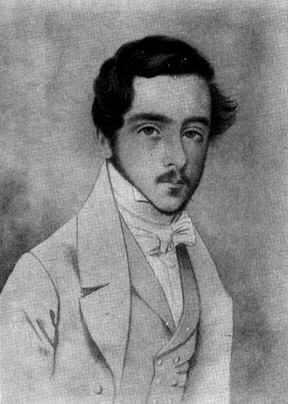
An exemplary case is that of Don José de Salamanca, future Marquis of Salamanca, whose document of grant of arms was requested in 1841. This manuscript was part of his strategy to ennoble and reinforce his lineage at a time when noble privileges were beginning to disappear. Twenty-two years later, he became Grandee of Spain, Count and Marquis, thus consolidating his social and economic position.
Care and preservation
As historical manuscripts and antique books, the decrees of “Hidalguía” require specific care. Their conservation ensures that their legal, historical and artistic value remains intact. They must be kept in controlled temperature and humidity conditions, avoiding direct exposure to light and handling them with gloves when necessary.
Buy antique books and manuscripts
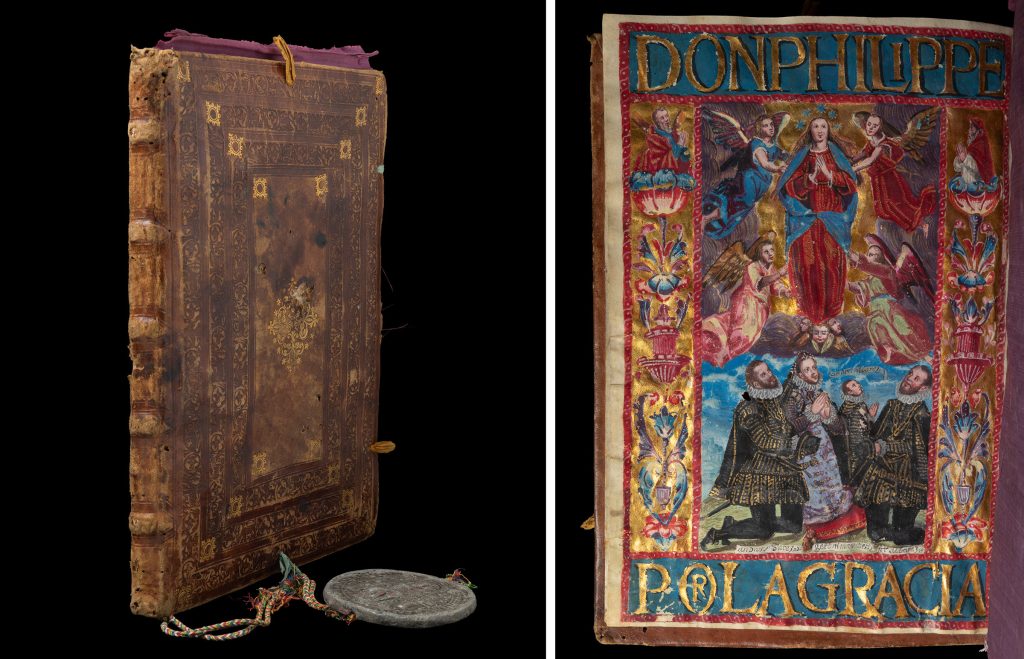
For collectors interested in Spanish historical manuscripts, the “Ejecutorias de hidalguía” represent a real treasure. Buying these documents is a way to invest in history and art at the same time. Specialized auctions, such as Setdart’s, allow access to authentic pieces, reviewed by experts, guaranteeing their historical and artistic value. In addition, participating in auctions offers transparency, security and the opportunity to acquire unique legal documents that rarely appear on the market.
Check the auction calendar for upcoming auctions of Antiquarian Books and Manuscripts at Setdart.
If you liked this article we recommend you:

